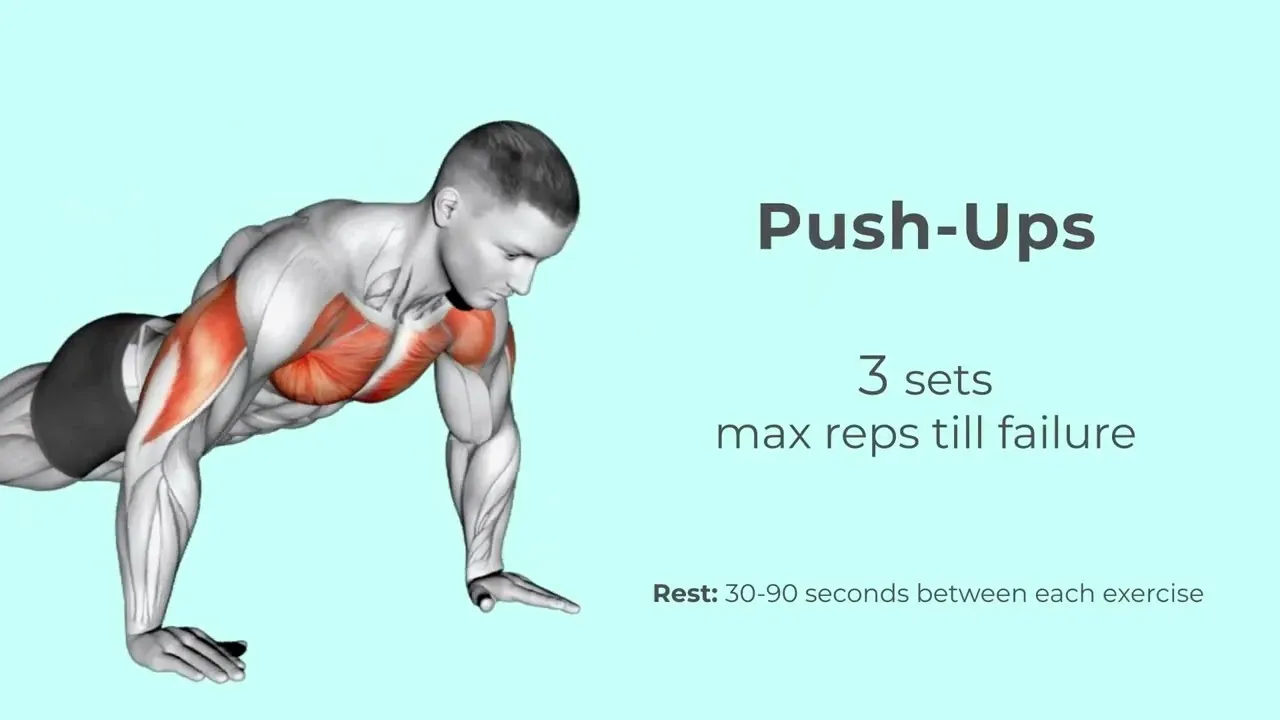Table of Contents
Look, getting a solid upper body workout without leaving your living room might sound like a pipe dream, especially when you think about hitting major muscle groups like your chest and biceps. You've probably seen the gym bros flexing after their dedicated chest day, followed by an arm session that seems to require every dumbbell in the place. But let's be real, life happens, gyms are a hassle, and sometimes you just need to make it work where you are. That's where a focused chest and biceps workout at home comes into play.
Why Pair Them? The Smart Strategy Behind a Chest and Biceps Workout
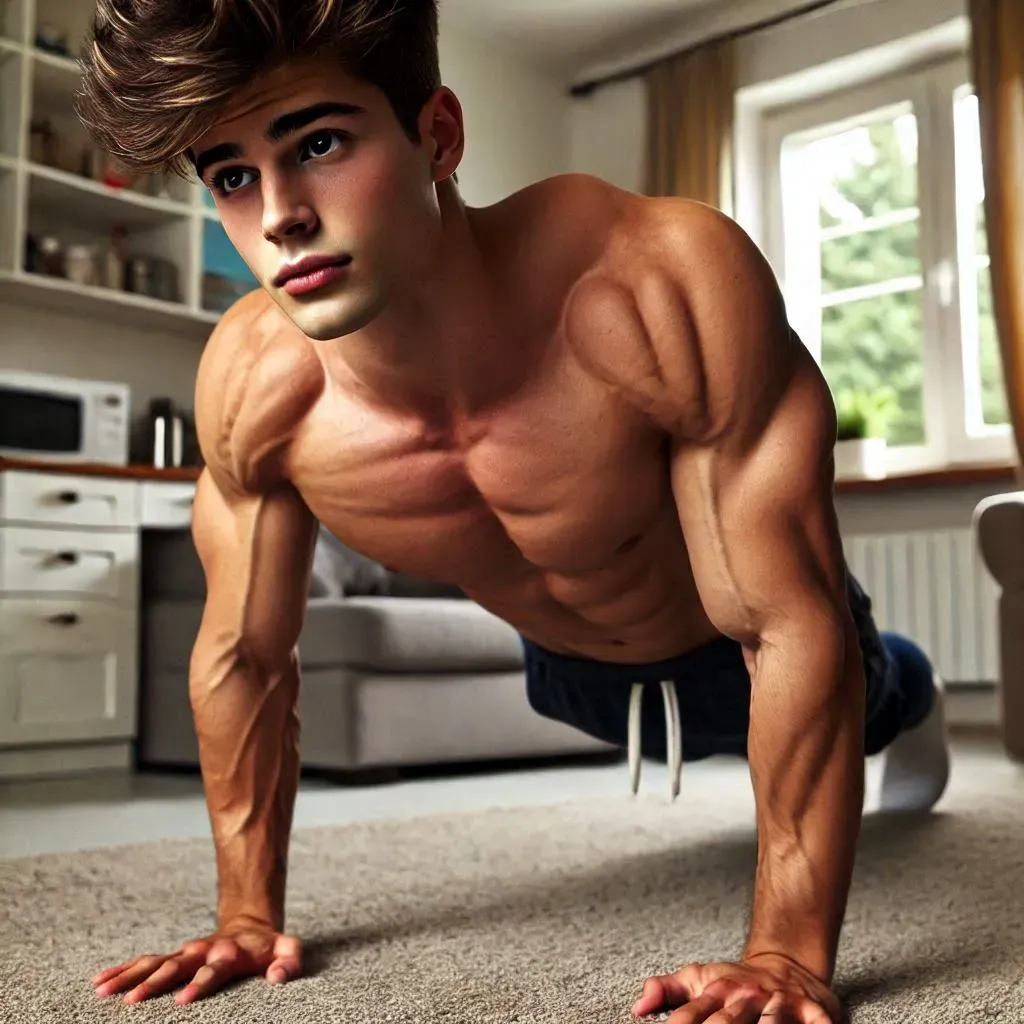
Why Pair Them? The Smart Strategy Behind a Chest and Biceps Workout
Alright, so you're wondering why anyone would put chest and biceps together? It seems a bit random at first glance, right? You've got your big pushing muscles (chest) and your smaller pulling muscles (biceps). The genius here is simple efficiency and intelligent fatigue management. Think about it: when you hammer out push-ups or bench presses for your chest, the muscles taking the brunt of the secondary work are your triceps. Your biceps? They're mostly chilling, providing some stability but not getting significantly fatigued. This leaves your biceps relatively fresh and ready to go when you switch gears to curls and other pulling movements. Contrast that with training chest and triceps together – you're asking your triceps to recover and perform isolation work right after they've been heavily involved in all your pressing. Pairing chest and biceps allows you to give full effort to both muscle groups in a single session without one negatively impacting the other's performance significantly during their primary role.
Gearing Up: What You Need for Your Chest and Biceps Workout at Home
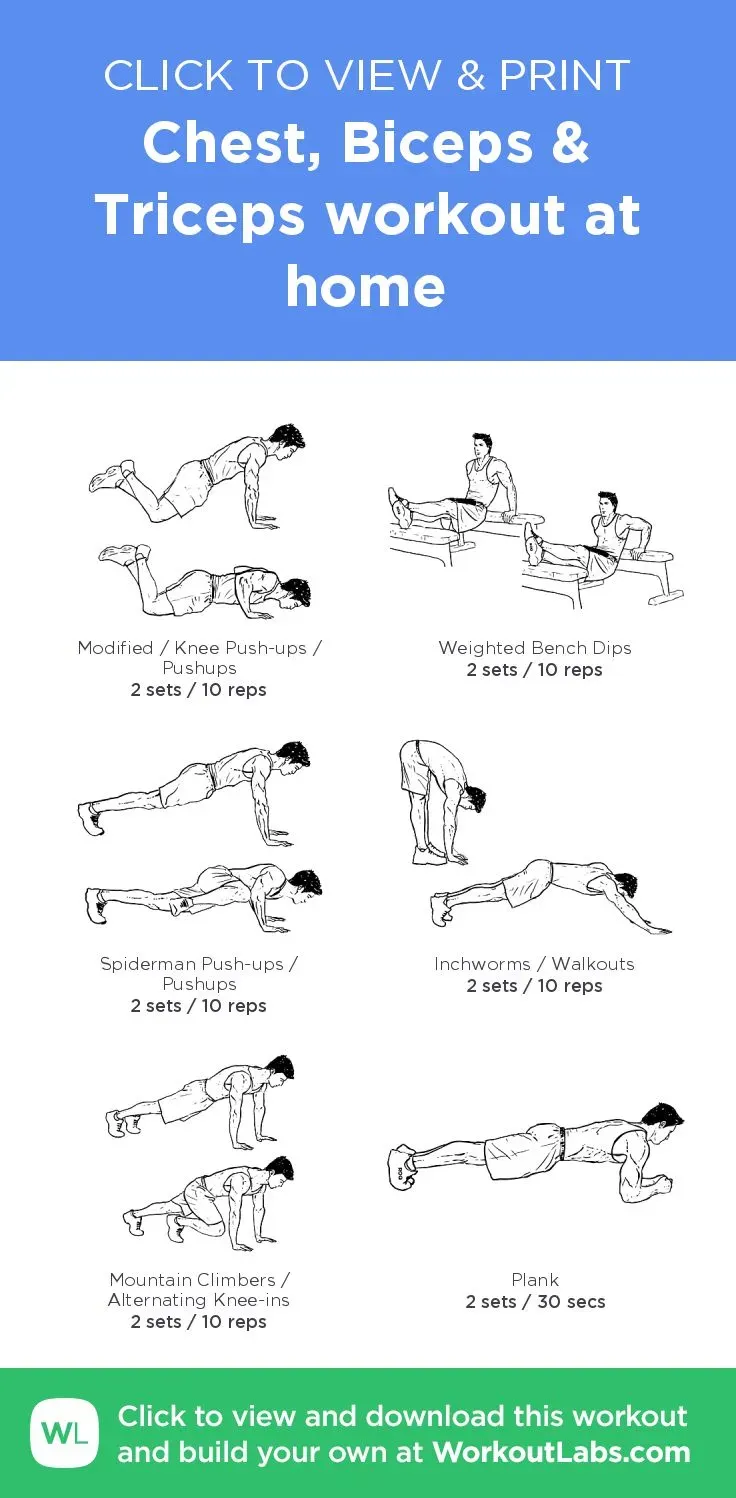
Gearing Up: What You Need for Your Chest and Biceps Workout at Home
The Non-Negotiables for Your Home Gym
let's talk gear. You don't need a full squat rack and a cable jungle for an effective chest and biceps workout at home. Seriously, anyone who tells you otherwise is trying to sell you something or hasn't tried getting creative. The absolute basics? You need something for resistance. Dumbbells are the king here. They're versatile, don't take up much space, and you can hit a massive range of exercises. If dumbbells are out, resistance bands are a surprisingly effective alternative, offering variable tension. For chest work, a sturdy surface you can do push-ups on is crucial – the floor works just fine, but maybe grab a mat so your hands don't slide. That's really it for the must-haves. Don't overthink it; start simple.
Adding Comfort and Challenging Yourself Further
Once you've got the essentials covered for your chest and biceps workout at home, you might consider a few additions to make things a bit smoother or more challenging. An adjustable bench, even a cheap folding one, opens up a ton of chest exercises like incline and decline presses, plus seated bicep curls. Pull-up bar? Excellent for hitting biceps and back, and many mount easily in a doorway. If you're using bands, getting a set with different resistance levels is a smart move. For push-ups, handles can save your wrists and allow for a deeper stretch at the bottom. None of this is strictly necessary to start, but they can definitely enhance your training as you progress and want more variety.
- Dumbbells (adjustable are great for saving space)
- Resistance bands (a set with varying tension is ideal)
- A mat (for floor exercises)
- A sturdy chair or bench (for elevated push-ups or seated curls)
Building Your Routine: Effective Exercises for a Chest and Biceps Workout at Home
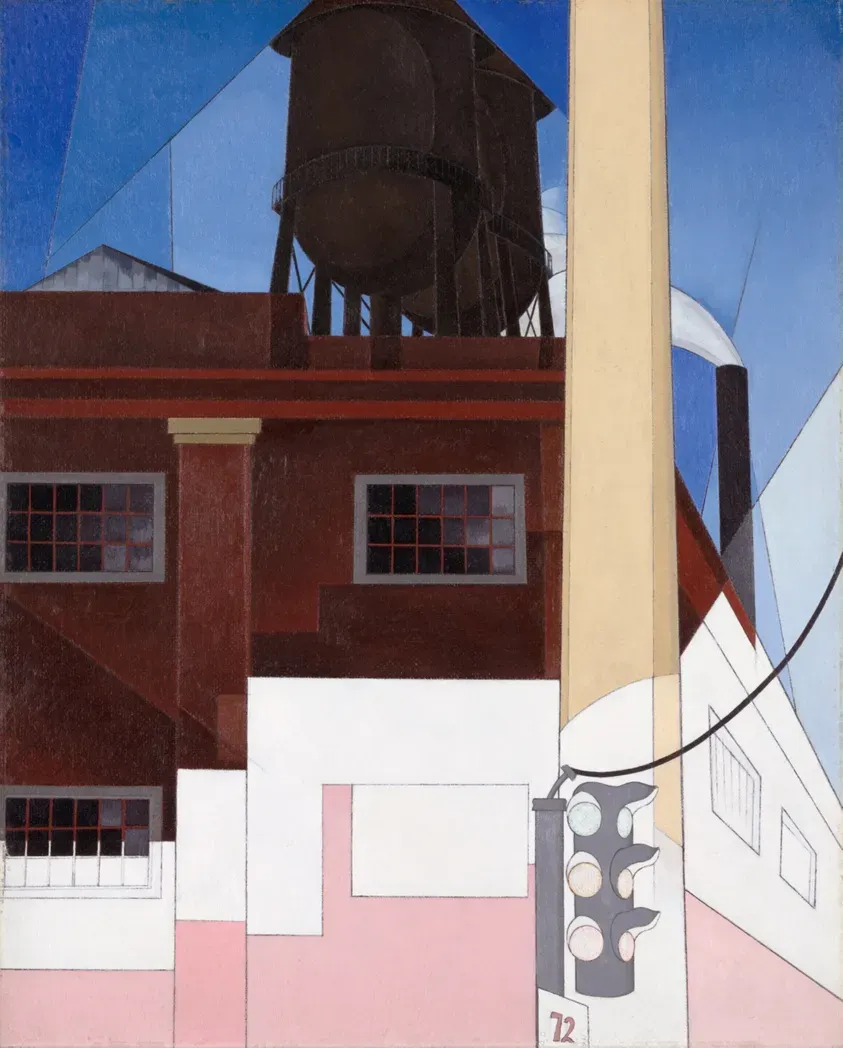
Building Your Routine: Effective Exercises for a Chest and Biceps Workout at Home
Push-Up Variations for a Killer Chest
Alright, let's get down to brass tacks: the exercises that actually build muscle when you're doing a chest and biceps workout at home. For the chest, the push-up is your absolute bread and butter. Don't scoff; it's a compound movement that hits your chest, shoulders, and triceps. The beauty is its versatility. Standard push-ups are a great starting point. If those are too easy, elevate your feet on a chair or couch to increase the difficulty and target the upper chest more. Need to make it easier? Do them from your knees. You can also change your hand position: wider stance hits the outer chest, closer grip works the inner chest and triceps harder. Plyometric push-ups, where you push off the floor, add an explosive element if you're feeling froggy.
Curling Up Strength: Bicep Blasters at Home
Now, onto the guns. For your biceps during a chest and biceps workout at home, dumbbells are your best friend. The classic standing dumbbell curl is a staple for a reason; it works the whole bicep. To hit different parts, try incline dumbbell curls if you have a bench – this stretches the bicep at the bottom for a different stimulus. Hammer curls, where your palms face each other, work the brachialis and brachioradialis, adding thickness to your arm. If you only have bands, band curls work surprisingly well; just make sure you anchor them securely under your feet or around a sturdy object. Focus on squeezing at the top and controlling the weight (or band tension) on the way down. Don't swing the weight like you're trying to start a lawnmower; that just cheats your biceps.
Muscle Group | Exercise | Home Variation/Notes |
|---|---|---|
Chest | Push-Up | Standard, Elevated Feet, Knee Push-Ups |
Chest | Dumbbell Press | Flat, Incline (if you have a bench) |
Biceps | Dumbbell Curl | Standing, Seated, Incline |
Biceps | Hammer Curl | Dumbbells or Bands |
Biceps | Band Curl | Requires resistance band, anchor securely |
Putting It Together: Form and Flow for Your Session
Executing these movements correctly is non-negotiable for results and avoiding injury during your chest and biceps workout at home. For push-ups, keep your body in a straight line from head to heels; don't let your hips sag or pike up. Lower your chest close to the floor, aiming for full range of motion. For curls, keep your elbows tucked into your sides; don't let them drift forward or back. Control the movement throughout, both the lifting and lowering phases. It's not about how much weight you can heave, but how well you can make the muscle work. Start with a warm-up – maybe some light cardio like jumping jacks and dynamic stretches like arm circles. Then hit your chest exercises first while you're freshest, followed by your bicep work. Aim for 3-4 sets of 8-15 repetitions for most exercises, adjusting based on your current strength level and goals.
Sample Plans and Progression for Your Chest and Biceps Workout at Home
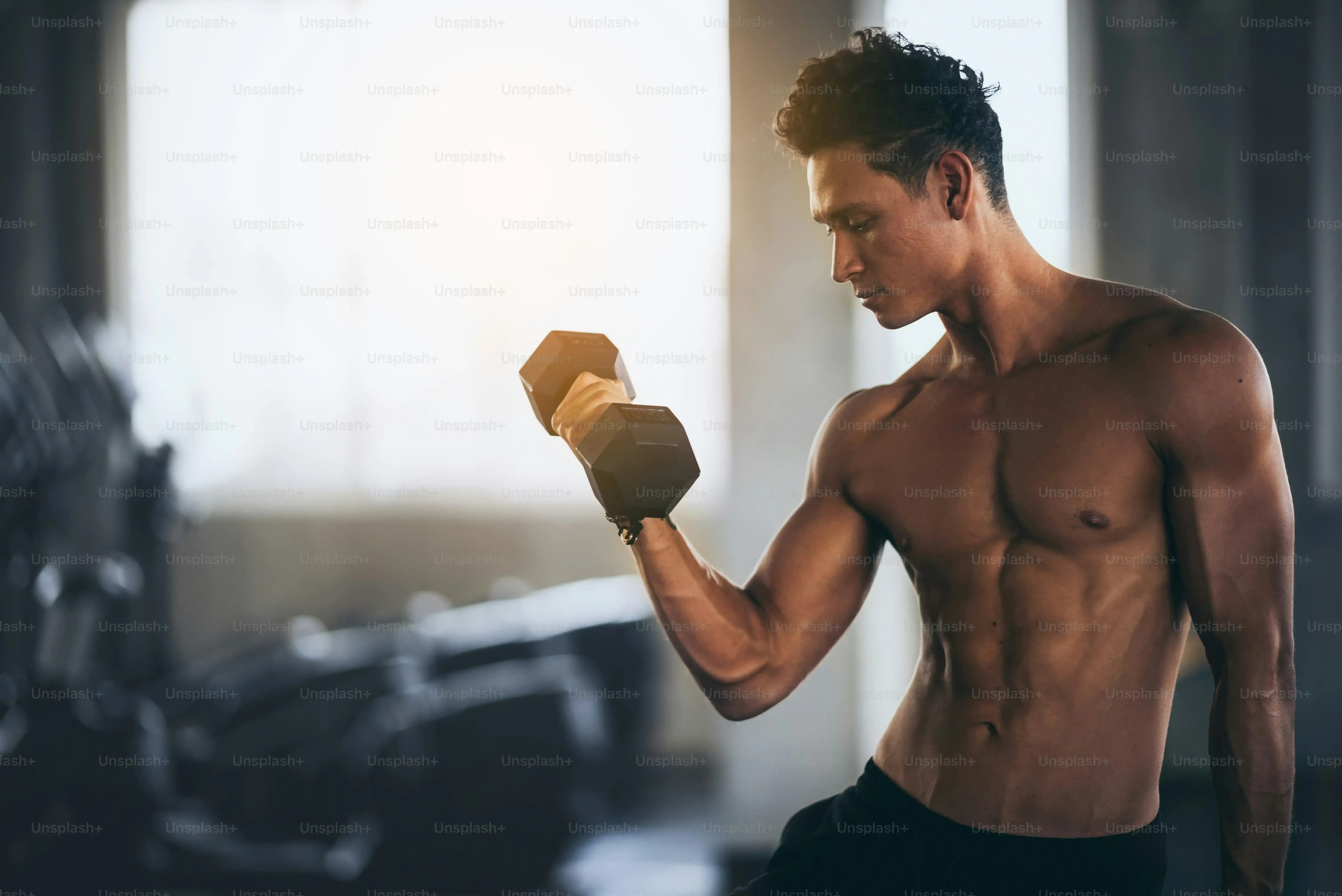
Sample Plans and Progression for Your Chest and Biceps Workout at Home
Starting Strong: Sample Plans for Your Chest and Biceps Workout at Home
Alright, so you've got the gear, you know the moves, but how do you actually put it together for a killer chest and biceps workout at home? Let's lay out a couple of basic templates. For a beginner, keeping it simple is key. Focus on mastering form before chasing crazy volume. A solid session might look like this: start with 3 sets of push-ups, aiming for as many good reps as you can with proper form (AMRAP). Rest 60-90 seconds. Then move to dumbbell or band presses, 3 sets of 10-15 reps. After chest, hit the biceps. Do 3 sets of standing dumbbell curls for 10-15 reps, followed by 3 sets of hammer curls, same rep range. That's it. Effective, efficient, and hits the target muscles without overcomplicating things. Don't feel pressured to do twenty different exercises; consistency on the basics beats variety any day.
Moving Forward: How to Progress Your Home Workouts
Once those initial workouts start feeling easier, that's your cue to step things up. You need to apply progressive overload, even with a chest and biceps workout at home. The most straightforward way is to increase the weight if you have adjustable dumbbells or heavier bands. Can't add weight? Add reps. If you were doing 3 sets of 10, try for 3 sets of 12 or 15. Still too easy? Add another set. You can also decrease rest times slightly between sets, or slow down the tempo of your reps, focusing on the eccentric (lowering) phase. For push-ups, progress by moving to harder variations – from knees to toes, from standard to elevated feet, or even single-arm variations down the line. The point is, you have to consistently challenge the muscle to force it to adapt and grow. Doing the same thing week after week will lead to stagnation, and nobody wants that.
Progression Method | How to Apply (Home Setting) |
|---|---|
Increase Weight/Resistance | Use heavier dumbbells, stronger resistance bands, or add weight to a backpack during push-ups. |
Increase Reps | Perform more repetitions within your target range (e.g., from 10 to 12 or 15). |
Increase Sets | Add an extra set to an exercise (e.g., from 3 sets to 4). |
Reduce Rest Time | Shorten the break between sets (e.g., from 90 seconds to 60 seconds). |
Improve Exercise Variation | Move to a more challenging version of an exercise (e.g., knee push-ups to standard push-ups, standard push-ups to elevated feet push-ups). |
Making the Home Grind Count for Chest and Biceps
So there you have it. Building a strong chest and solid biceps doesn't require a gym membership or a mountain of equipment. A consistent chest and biceps workout at home, executed with proper form and smart progression, will deliver results. It's not always glamorous, and some days you'll feel the burn more than others. Stick with the process, focus on quality reps over quantity, and adjust as needed. The iron palace is optional; dedication isn't.
